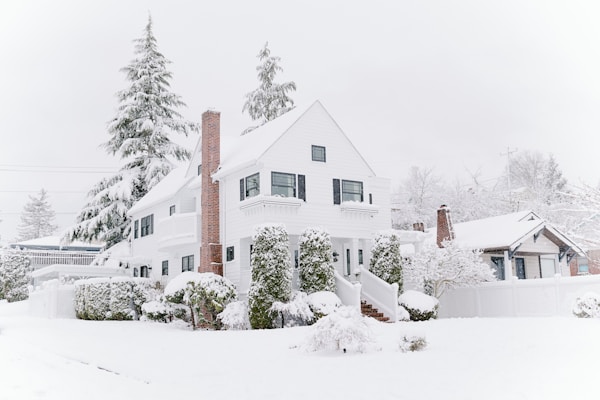There are a few key reasons why it’s critical to prepare your home for the winter. One of the most important is that it can help to keep your home warm and comfortable. If your home isn’t properly prepared for the winter, you may find that you’re spending a lot of money on energy bills trying to keep it warm. Another reason to prepare your home for the winter is that it can keep you and your family safe. If you’re ready for the colder months, you’ll be less likely to experience any problems like frozen pipes or carbon monoxide poisoning. However, many homeowners don’t know much about preparing for winter weather, particularly if they’re new to living in a cold climate. If you’re in need of advice, read on for some useful tips for winterizing your home this year.
What are some tips for winterizing your home this year?

If you want to get your house ready for winter, there are a number of steps you can take. Insulation is essential in the winter, so if your home isn’t properly insulated, you can start by installing quality insulation in your walls and attic. This will help keep the heat in your home. You can buy materials to insulate your home at a hardware store or home improvement store. You should also have your HVAC system inspected before the winter to ensure that it’s in good working order.
Water heaters can be a great way to supplement your home’s heating system, but only if they are properly prepared for winter. For one, you need to ensure that your water heater’s insulation isn’t damaged or missing. The flue also needs to be clear and open. You will also have to inspect the pilot light to see if it’s the proper color, it should be blue. You should look for a professional with years of experience if you need assistance with your heater, like this business that specializes in Des Plaines water heaters. They can inspect your unit and make recommendations about what steps you need to take before the winter arrives.
Another major part of winterization is sealing gaps and cracks in your doors and windows. Most imperfections can be sealed with caulk or weatherstripping. This prevents cold air from leaking in and warm air from leaking out. If you have serious damage, you may need to talk to a professional about repair or replacement before the temperature starts to drop.
How else can you keep warm during the winter?

If you’re looking for a way to have more control over your home’s indoor temperature when it’s cold outside, a smart thermostat is a perfect option. Smart thermostats allow you to remotely adjust your home’s temperature, so you can always maintain your preferred indoor climate. Plus, many smart thermostats also come with energy-saving features, so you can save money on your monthly energy bills. There are a few different types of smart thermostats on the market, including Wi-Fi thermostats and thermostats with voice control, so you can find one that’s perfect for you.
On a practical level, you can also take other steps like investing in more warm clothes and cozy blankets. A good, warm blanket is needed to keep you comfortable during the winter months. Not only will it keep you warm, but it will also reduce your energy costs, as you will not have to turn up the heat as high to stay comfortable. Ideally, you should look for a blanket made from a natural fiber, such as wool or cotton. Synthetic fibers may not keep you as warm as natural fibers, and they can also be harmful to your health.
As winter quickly approaches, it’s necessary for homeowners to invest in winterizing their homes. This includes tasks such as sealing windows and doors, adding insulation to walls and attics, and upgrading to a newer thermostat. Although it will require an investment of time and money, you need to prioritize preparing for the winter months if you don’t want to deal with discomfort and potential damage to your property. Little things, like picking up a new blanket, can make a difference too. By taking reasonable steps towards winterization, you can help keep your home warm all winter long, while also reducing your overall energy consumption.


